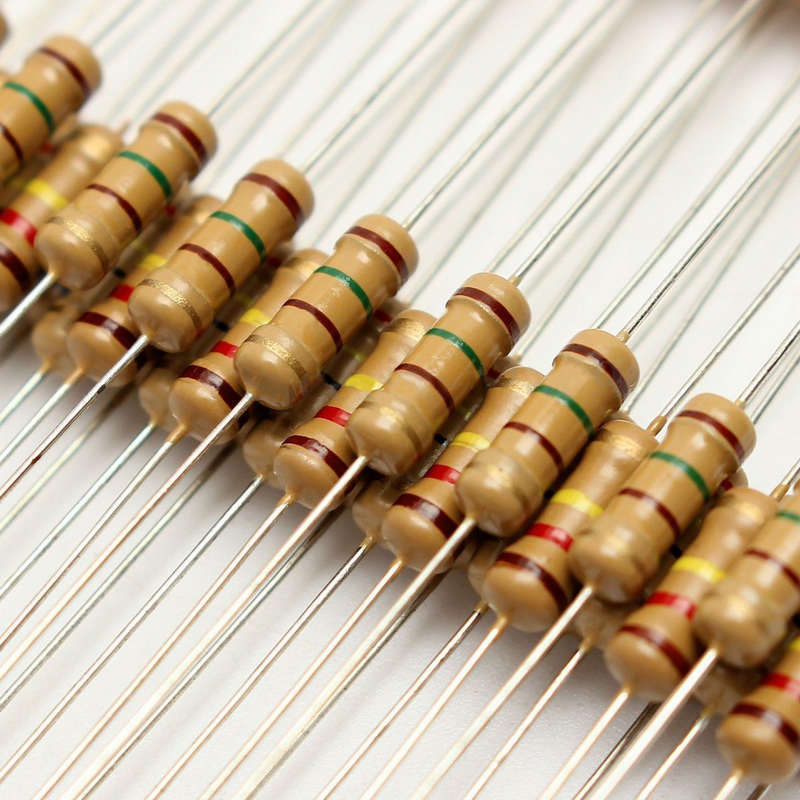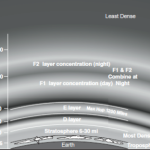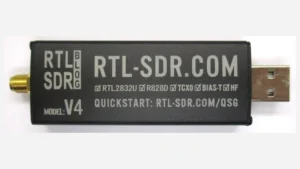Resistors might seem like tiny, unassuming components, but they play a crucial role in the world of electronics. Think of them as the unsung heroes, quietly ensuring that your gadgets work smoothly. Let’s embark on a journey to discover the different types of resistors and what makes each one special.
1. Fixed Resistors: The Steady Performers
Fixed resistors are like the reliable friends who are always there for you. They have a set resistance value that doesn’t change. These resistors are used in countless applications, from simple circuits to complex devices. The most common types include:
- Carbon Composition Resistors: Made from a mixture of carbon powder and a binding material, these resistors are known for their durability and ability to handle high energy pulses.
- Metal Film Resistors: These resistors are made by depositing a thin layer of metal onto a ceramic substrate. They offer excellent accuracy and stability, making them ideal for precision applications.
- Wire-wound Resistors: Constructed by winding a metal wire around a ceramic core, wire-wound resistors can handle high power levels and are often used in power supplies and audio equipment.
2. Variable Resistors: The Adjustable Allies
Variable resistors, also known as potentiometers or rheostats, are like the adjustable wrenches of the resistor world. They allow you to change the resistance value as needed. These resistors are commonly found in devices where you need to adjust settings, such as volume controls on audio equipment.
- Potentiometers: These are three-terminal resistors with a sliding or rotating contact that forms an adjustable voltage divider. They’re perfect for fine-tuning settings in various electronic devices.
- Rheostats: Similar to potentiometers but typically used to control current, rheostats are often found in applications like light dimmers and motor speed controls.
3. Specialty Resistors: The Unique Characters
Specialty resistors have unique properties that make them suitable for specific applications. Let’s meet a few of these fascinating characters:
- Thermistors: These resistors change their resistance with temperature. There are two types: NTC (Negative Temperature Coefficient) thermistors, which decrease in resistance as temperature rises, and PTC (Positive Temperature Coefficient) thermistors, which increase in resistance with temperature. They’re commonly used in temperature sensing and protection circuits.
- Photoresistors: Also known as light-dependent resistors (LDRs), these resistors change their resistance based on the amount of light they receive. They’re often used in light-sensitive applications like automatic streetlights and light meters.
- Varistors: These resistors change their resistance with voltage. They are used to protect circuits from voltage spikes and surges, making them essential in power supply protection.
Resistors might be small, but they pack a punch in the world of electronics. Whether they’re providing a steady resistance, allowing for adjustments, or offering unique properties, resistors are indispensable components that keep our devices running smoothly. So, the next time you use your favorite gadget, take a moment to appreciate the humble resistor working behind the scenes! 🎉
Reading Resistor Colour Codes

Using the above diagram you can tell the value of a resistor, easy huh, well not quite because you have to take the following into account also.
Body Colors and Their Significance
- Light Brown: Typically used for carbon film resistors. These resistors are common and cost-effective but have higher tolerance (less accuracy) and more noise compared to other types.
- Blue: Often indicates metal film resistors. These resistors are known for their high accuracy, stability, and low noise. They are preferred in precision applications like audio equipment and measurement devices1.
- Green or White: Usually found on wire-wound resistors. These resistors can handle high power and are used in applications requiring high stability and low tolerance1.
Why Does It Matter?
- Accuracy: Metal film resistors (blue) are more accurate than carbon film resistors (light brown) because they have a lower tolerance, meaning their resistance value is closer to the specified value.
- Stability: Metal film resistors are also more stable over a wide range of temperatures, making them suitable for precision circuits.
- Noise: Carbon film resistors generate more noise compared to metal film resistors, which can affect the performance of sensitive electronic circuits.
Is there anything else you’d like to know, ask in the comments!
Tell us how can we improve this post?
Hi I am Marcus, MM0ZIF, a licenced Radio Amateur, Doctor of Musicology, amateur weather enthusiast. I over the years have been a Amateur Radio Tutor, Examiner, and a Regional Manager for the Radio Society of Great Britain.
This site is dedicated more towards Amateur Radio and Weather, with an angle on Technology too. I also maintain https://havenswell.com/ which is my other blog which is more aimed at cooking, hobbies and life in general as well as businness and networking.










